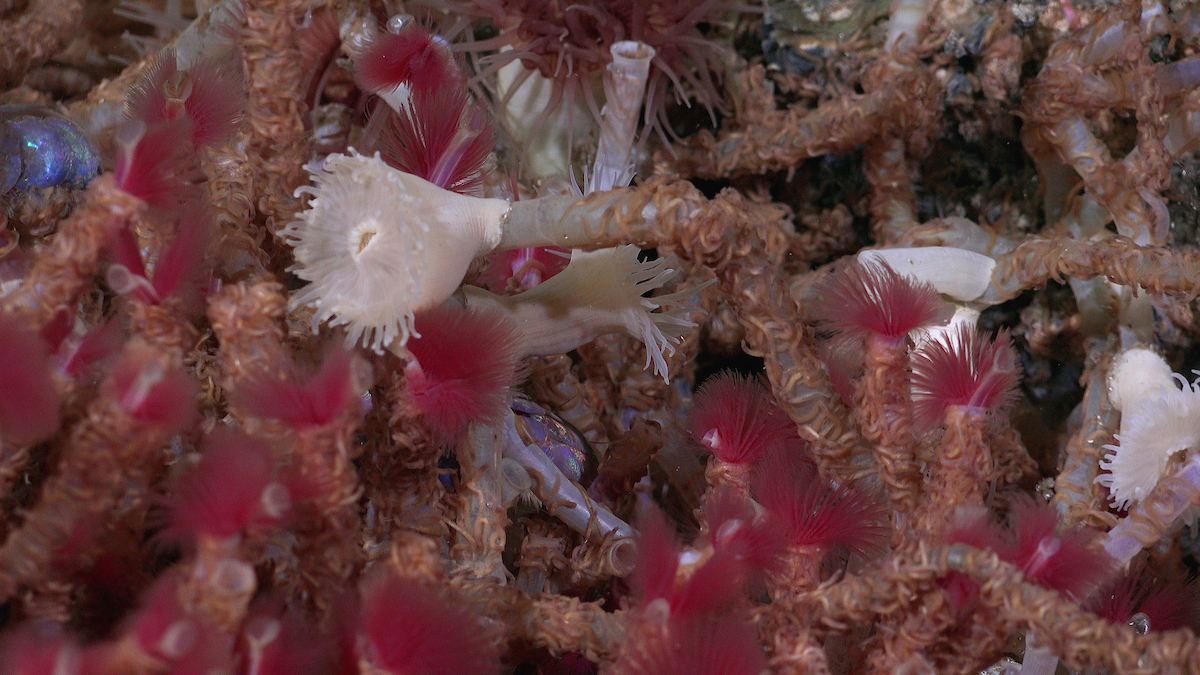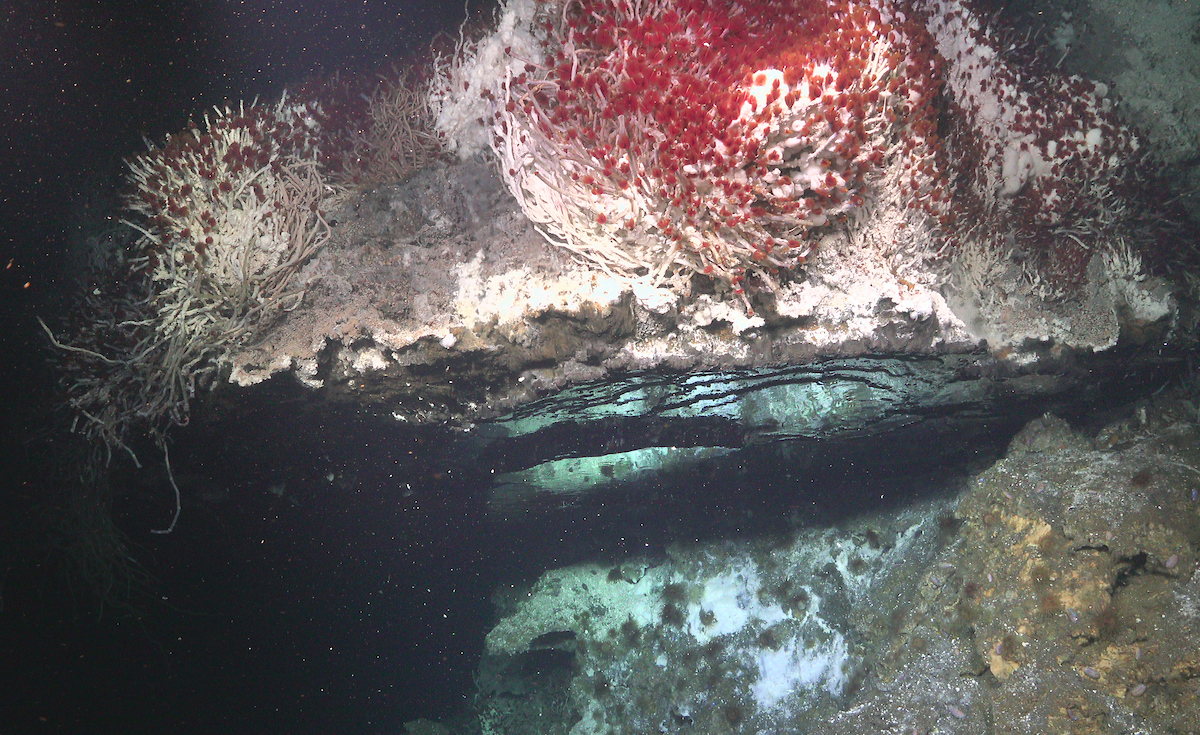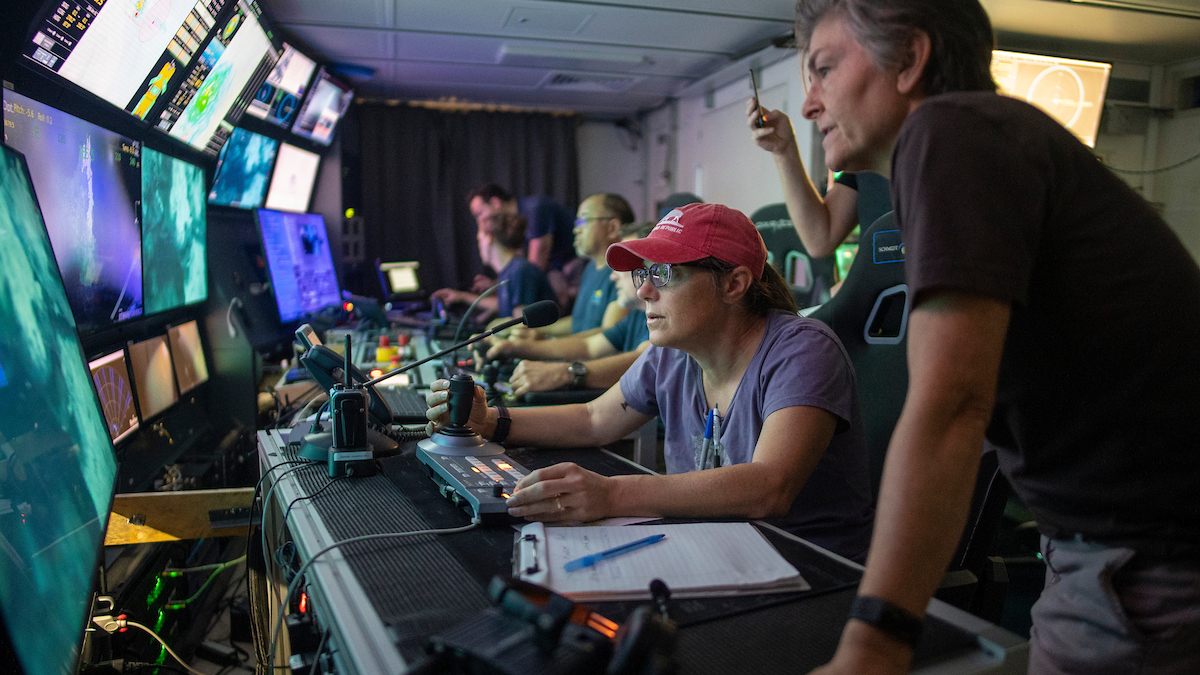You’ve Never Seen Hydrothermal Vents Like This
A recent expedition got an up-close look of hydrothermal vents

With more than 80% of the ocean yet to be explored, it’s no surprise that scientists are discovering new things all the time. But every new discovery is awe-inspiring—and reminds us why our ocean needs to be protected.
A recent expedition on the Schmidt Ocean Institute’s RV Falkor set out to explore hydrothermal vents off of La Paz, Mexico. A team of Mexican and American scientists spent 33 days aboard and used advanced technology like remotely operated vehicles (ROVs) to survey and sample these habitats. They also captured stunning photos and videos of the animals that live there, including tube worms and scale worms.
Hydrothermal vents form when magma-heated water escapes from inside the Earth through cracks in the seafloor. They’re often found in areas with underwater volcanic activity where moving tectonic plates create fissures in the ocean floor. The water released through these vents is packed with minerals from the Earth’s crust, including sulfur and calcium. There are different types of vents, including black smokers that release very hot, dark plumes full of iron sulfide and white smokers that release lighter-colored plumes full of barium, calcium and silicon.

The vents surveyed by the RV Falkor are unique:
Unlike other “smoky” vents, these emit clear fluids. Scientists on the trip sampled some of the fluid to see how the chemical makeup and heat is different from other types of hydrothermal vents, which can help them understand how the vents are connected under the Earth’s crust.

They also discovered at least six potential new species, including arrow worms, molluscs, polychaetes and crustaceans. These animals represent part of the exclusive group of organisms that can survive the harsh conditions of hydrothermal vents and their intense heat, pressure, darkness and chemicals.

This recent expedition marks a new chapter in a great history of deep sea exploration and is an incredible reminder of how much more there is to discover.
Can’t get enough of the deep sea?
See more stories from Schmidt Ocean Institute’s trips, including footage of a rare glass octopus and one of the longest animals on earth.
The team was led by Drs. David Caress of MBARI, Ronald Spelz-Madero from the Autonomous University of Baja California (UABC), Raquel Negrete-Aranda of the Ensenada Center for Scientific Research and Higher Education (CICESE), and Victoria Orphan of the California Institute of Technology, in collaboration with scientists from the University of California Davis, Occidental College, Scripps Institution of Oceanography, and Oregon State University.
See more at Schmidt Ocean Institute’s website.